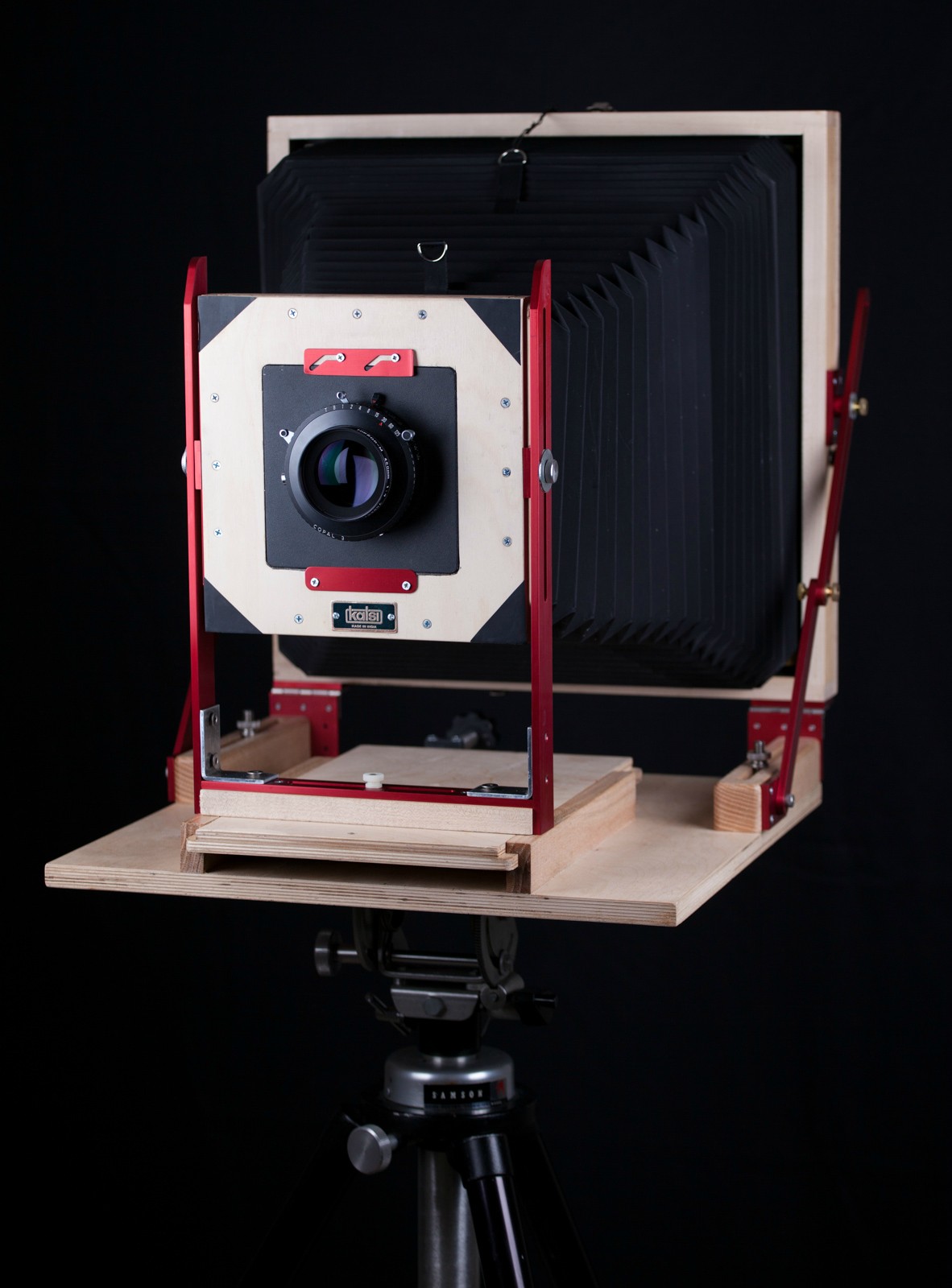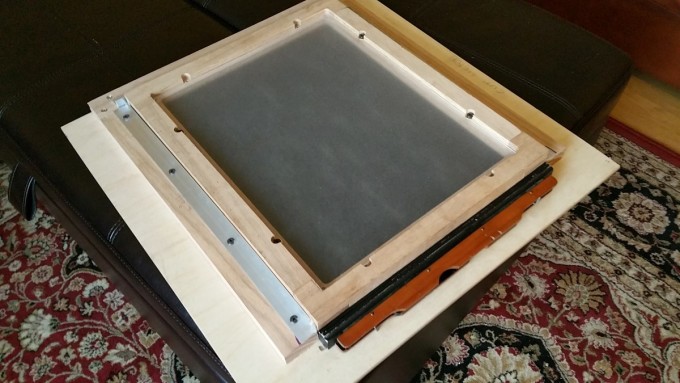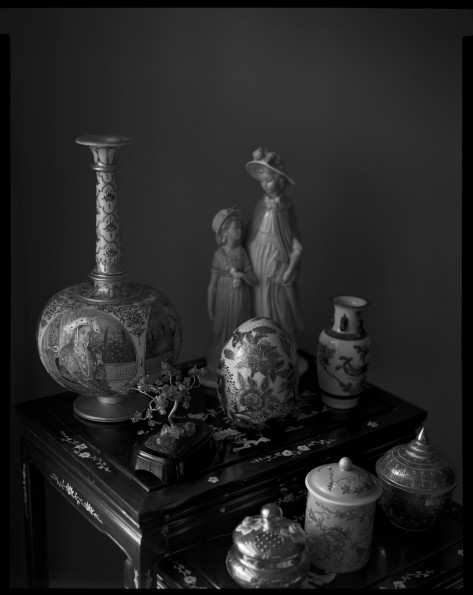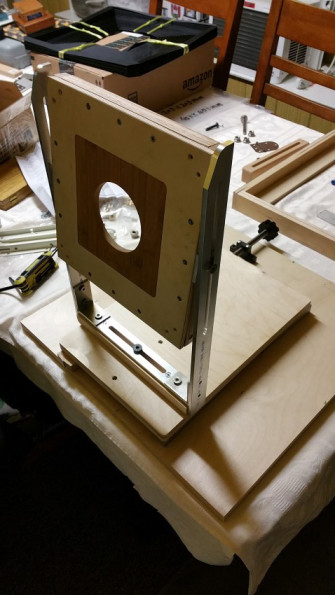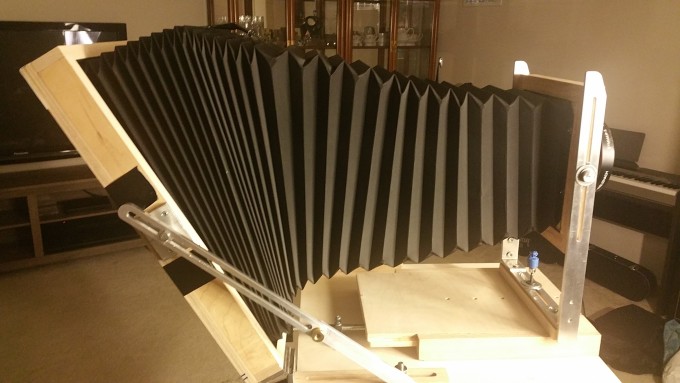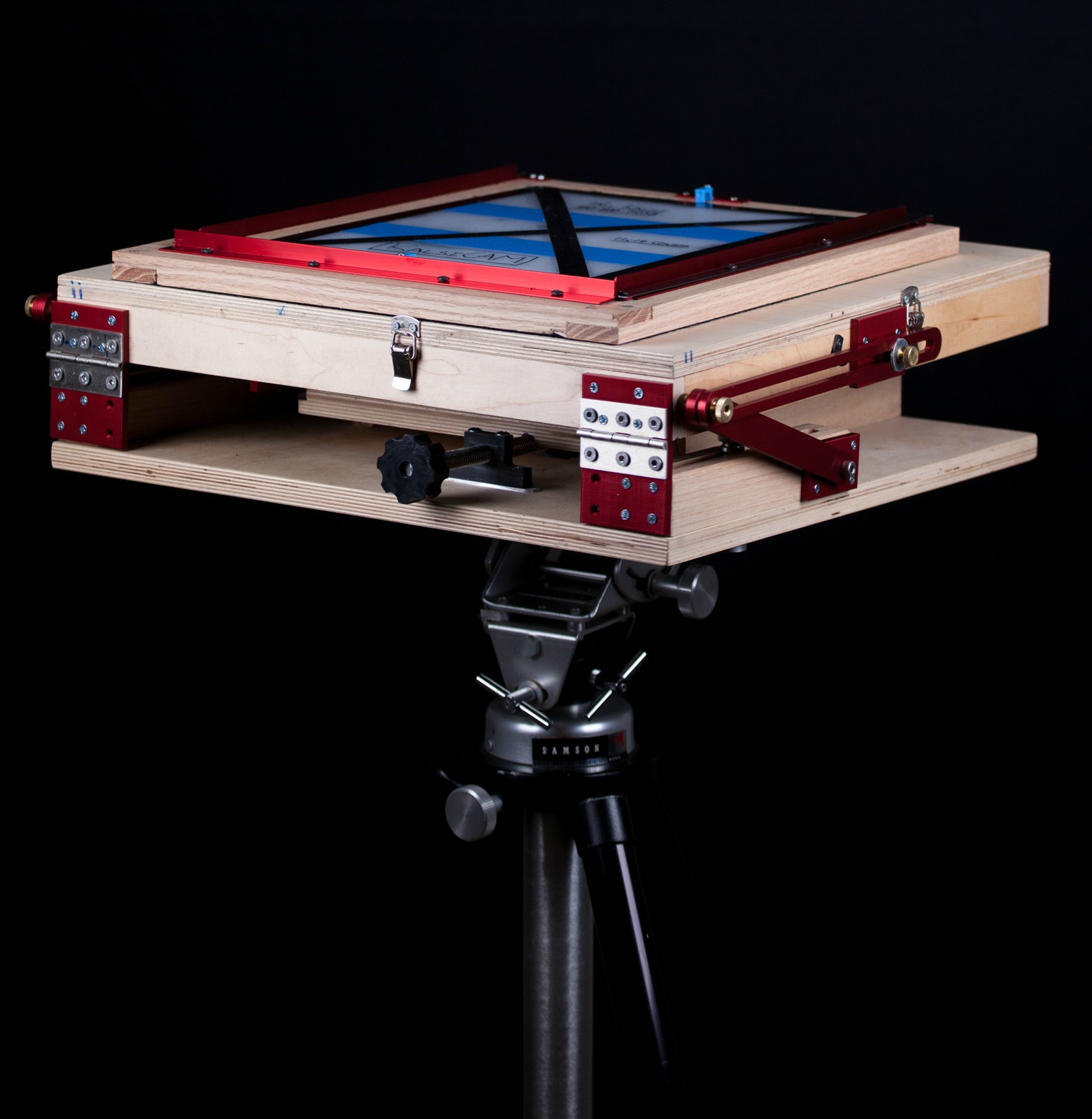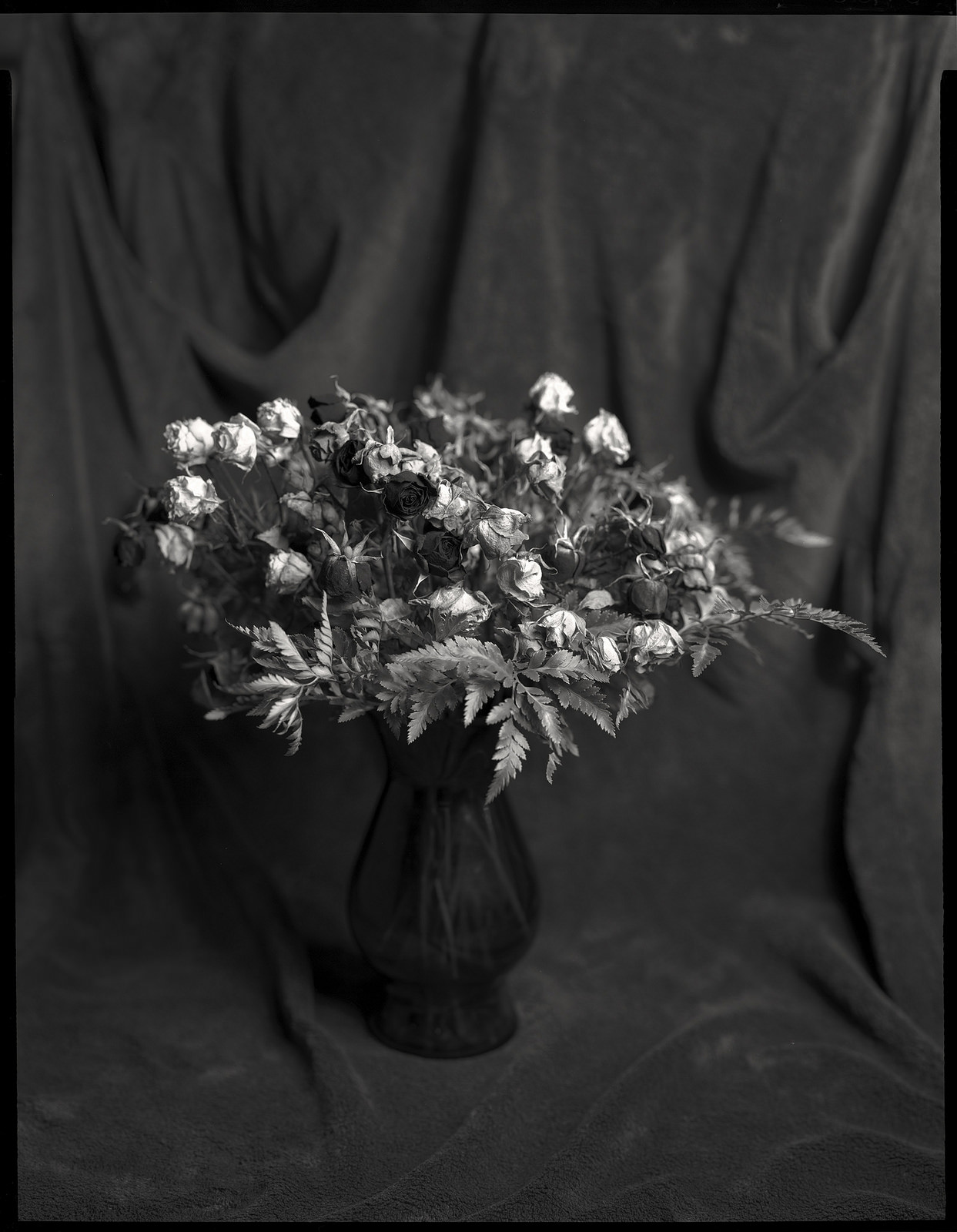All images by Pali Kalsi. Used with permission.
“For as long as I can remember, I have been fascinated with photography. I can recall early memories from my childhood of me tinkering with my dad’s Yashica D camera and looking at the world through the camera’s lens on it’s ground glass.” says photographer Pali Kalsi. He’s recently finishing building his own original large format camera using an 11×14 negative space.
Pali, like many other photographers before him, loves to work with the ultra large format aspects. Smaller formats aren’t always so satisfying, but the larger you get in the format the more the process changes. Some photographers shoot for the process, while others shoot for the image.
In fact, that’s how Pali first started.
Phoblographer: Talk to us about how you got into photography.
Pali: I have been playing around with cameras for as long as I can remember but I would say that I became serious about photography after helping a local photographer with his sports photography business. I can’t recall how I stumbled into this job but I was a photographer’s assistant and my responsibilities included prepping the portable studio gear (included everything from strobes, backdrops, printers, cameras, and etc.) and hauling it for college and high-school sports events.
His business had established contracts with state high-school and local college sports in the Washington, DC metro where he would cover the event with 3-5 photographers and the photos they took were later available for sale for the athletes and their families. After a few months into it, the photographer who owned the business decided to loan me his cameras and asked me to cover the sport events. He later thought that I was good at it and decided to hire me as one of the photographers who would cover the events. This is when I would say that I learned about the high-end digital cameras and lenses which made me get serious about photography as a hobby. I didn’t keep this job for long but have kept up with photography ever since.
This was back in 2003/2004 when digital was up and coming and I have definitely enjoyed photography through the digital age but I ventured into analog film around 2010 and have been continuously investing more in the analog process since then.
Phoblographer: What made you want to build a camera like this?
Pali: As I mentioned earlier, I now focus primarily on analog photography and have been shooting 4×5 and 8×10 film 90% of the time for the past 2 years. When I got into 8×10, I started making contact prints and the beauty that you see in a nice contact print is something that everyone should see in person – it’s cliché to say but the contacts prints are almost “alive” with breathtaking tonality and texture. Contact printing became an instant obsession and the main reason why I ventured into Ultra Large Format (ULF) cameras simply to get bigger contact prints from the darkroom. I am someone who not only shoots film but I also spend numbers of hours each week in the darkroom making analog prints.
When I decided that I was serious about ULF, I researched into the available cameras and came across many photographers who had built their own cameras. Being a natural tinkerer, the thought of building my own became a personal challenge and somewhat of an obsession. Once I had made my mind, all of my free time went into designing and building this camera for approximately 6 months or so.
Phoblographer: So how did you go about building this camera? And why 11×14?
Pali: This is my very 1st camera build so I needed to do my homework before I could even attempt something like this. I started by studying the various cameras that are available in the market today and decided to adopt from the Chamonix design. I also started a Q&A thread on an online community of large format photographers and got plenty of help along the way. The biggest help in all of this was that my dad is a mechanical engineer who runs a CNC shop so I knew that I could get his help with the actual machining and build of the camera. However, he is not a photographer and needed detailed specifications for each of the many small parts that went into making a fully functional camera. Because of this, I had to first design and model the camera on a CAD software which served as a framework for the blueprints for the various camera components.
I don’t thing that I could have pulled off this camera without the help of my dad and the many photographers who contributed to helping me on Large Format Photography forums.
Phoblographer: From the images that you’ve shot so far, the lens seems pretty amazingly sharp. What are you looking to shoot with something this big? Anything in particular?
Pali: For me, shooting large format is a therapeutic process and I enjoy it most when I am out in the nature looking for various landscape scenes to shoot. ULF is big, bulky, and heavy so working in the field can be challenging but these challenges also helps to slow me down and really enjoy every minute of the photographic process. It helps me to focus on the image I intend to make and following this slow process over and over has greatly helped me get better at photography in general. With this in mind, I fully intend to eventually use this camera in the field photographing landscape but the weather conditions in DC have been very limiting so far. For now, I am focusing on indoor still life studio images and will shift to shooting landscapes starting in spring soon.
Phoblographer: Apparently you’re building other backs for it already. What do you have in mind? Why larger than this?
Pali: I built this camera so it could support backs up to 17×17 square and I have two backs that I plan to build later this year. I have designs for 16×16 plate back for shooting wet plate collodion images and another for 14”x17” X-ray negatives. The reason for going bigger is the same as I mentioned earlier which is to make large prints without enlargements. The question I ask myself these days is if I’ll be happy with 14×17 or will I eventually end up with a 20×24 camera 🙂
Phoblographer: To you, is working with a camera like this more about the process or the quality? What excites you about both?
Pali: It is a bit of both actually. As I mentioned, the cameras and gear itself is very limiting which forces you to slow down. Every image requires a great deal of effort to make so you naturally think about each detail (framing, exposures, filters, processing and etc.). This slow process not only makes you aware of every little minutia detail but also gives you control over every technical aspect of making a photograph. I believe that the constant decision making that goes in the head while working int his slow process helps bring the best photos out of a photographer which to me also translates into better quality.
One of the pure joys of working with a camera like this is excitement of watching the image on a ground glass before making the exposure. I am guilty of often just staring at the ground glass (sometimes even for hours) long after I have run out of the film just because of the joy it brings to me. I would say that at this point in life, the large cameras are what excite me about making a photograph. Without them I would be making very fewer images all together.


